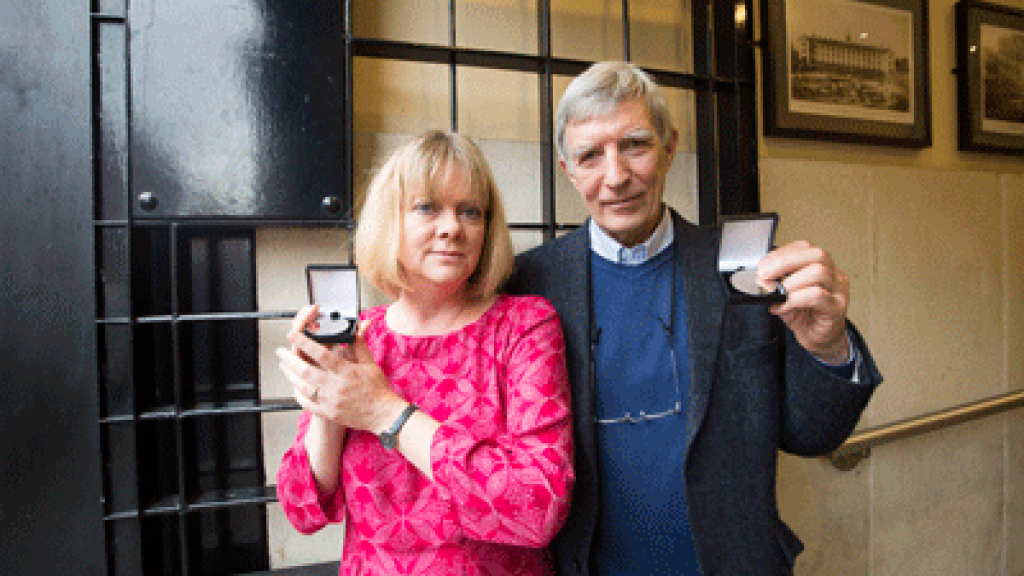
Cancer death rates double in many poor communities
The worryingly high rate of cancer incidence and death in poorer communities across Ireland must be tackled as a priority said the Irish Cancer Society today at its annual Charles Cully Lecture.
Death rates in some areas, notably some of the poorest parts of the Dublin region, are more than twice as high as rates in more affluent areas.(1)
A new map of cancer death rates compiled by Dr. Jan Rigby, and colleagues from the Centre for Health Geoinformatics at NUI Maynooth, funded by the Health Research Board, shows there are shocking health gaps within areas of Dublin.
The map shows that cancer death rates varied from 381 per 100,000 in Blakestown North-West to 128 per 100,000 in Castleknock South-East.
Cancer death rates in Dublin during 2009 - 2011 (combined) varied from:
- 381 per 100,000 in Blakestown North-West
- 310 per 100,000 in Blanchardstown North
- 265 per 100,000 in Ballymum East
- 141 per 100,000 in Foxrock/Cabinteely SW
- 138 per 100,000 in Malahide East
- 128 per 100,000 in Castleknock South-East
Kathleen O’Meara, Head of Advocacy and Communications at the Irish Cancer Society said “Cancer affects all parts of Irish society but some people are more at risk than others and where you live has a huge influence on this. Unfortunately, the more deprived the area, the higher the risk of a person getting and dying from cancer."
"As well as this, often the poorest in society, have the greatest difficulties in accessing healthcare. In some deprived Dublin areas, there are not enough primary care resources – for instance in North Dublin there is one GP for every 2,500 people. Nationally this figure is 1:1600. In addition there have been increased A& E charges, long stay charges and increased prescription charges. By 2013 it has meant that every person in ireland was on average paying about €100 in additional costs for accessing care and prescribed drugs. (2)
Ms. O’Meara continued “Despite the strides made in cancer diagnosis and treatment in the last few decades, Ireland has become a very unequal society when it comes to health problems, particularly cancer and access to healthcare. If we are serious about reducing the cancer rate we need to tackle this worrying divide. It is a challenge facing all of us – the policy makers, healthcare providers and the Irish Cancer Society. We must work now to begin to close this gap.”
The Irish Cancer Society is beginning a campaign to ensure the link between health inequalities and cancer is recognised in the new ten-year National Cancer Strategy, which will be published in 2016, as well as actions recommended to address it.
Authors of the internationally renowned The Spirit Level, Professor Richard Wilkinson and Professor Kate Pickett, also addressed the event.
Professor Wilkinson said “The Spirit Level shows that countries with the biggest income inequality do worse according to almost every quality of life indicator. The more unequal a society, the unhealthier it is.
“Although the amount of income inequality has its greatest effect on rates of problems among the poor, its influence extends to almost all income groups: Societies with a bigger gap between rich and poor are bad for everyone in them – including the well-off. And unfortunately Ireland features relatively high on the list for a large income inequality.”
Data recently collated by the Centre for Ageing Research and Development in Ireland showed that during the recession (2008-2012) the richest got less rich by 16 per cent and the poorest section of society got poorer by 28 per cent – widening the gap even further.(3)
During this period (2009-2012), massive pressure was put on the health service as well - expenditure in health was cut by €1.75 billion.
Ms. O’Meara continued “Despite the bleak picture to date there is hope. This year for the first time in seven years the health budget was increased. As well as this, there has been Government recognition that health inequalities are damaging to the wellbeing of the country. ‘Healthy Ireland’, the Government’s plan to improve the health and wellbeing of Ireland, was published in March 2013. One of its four main goals is reducing health inequalities. This is the first time we have seen a focus on reducing inequality across the population. We are now asking for an implementation plan to be drafted to address how ‘Healthy Ireland’ is going to tackle health inequalities.”
As part of our campaign to address cancer health inequalities the Society have put the call out to fund a research project that will investigate the link between cancer and health inequalities.
More detail on this research grant call and on the Society’s work in this area can be found on www.cancer.ie.
(1) 'An Atlas of Health Inequalities in Ireland 20006 - 2011’ Centre for Health Geoinfomatics, NUI Maynooth http://www.chg.ie/index.php?action=healthinequalities
(2)'The Irish health-care system and austerity: sharing the pain’ Thomas Burke Barry, the Lancent, May 2014.
(3) CSO data shows that the net disposable income for the richest section of society decreased by 16% between 2008-2012, but decreased by 28% for the poorest section. CSO Survey on Income and Living Conditions.
